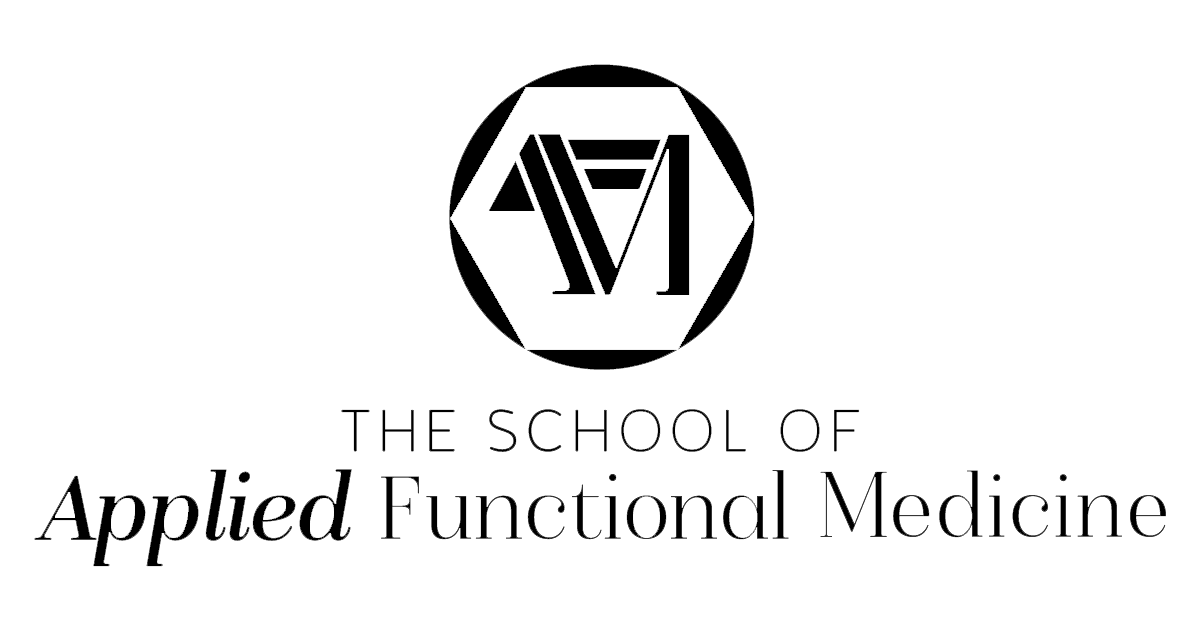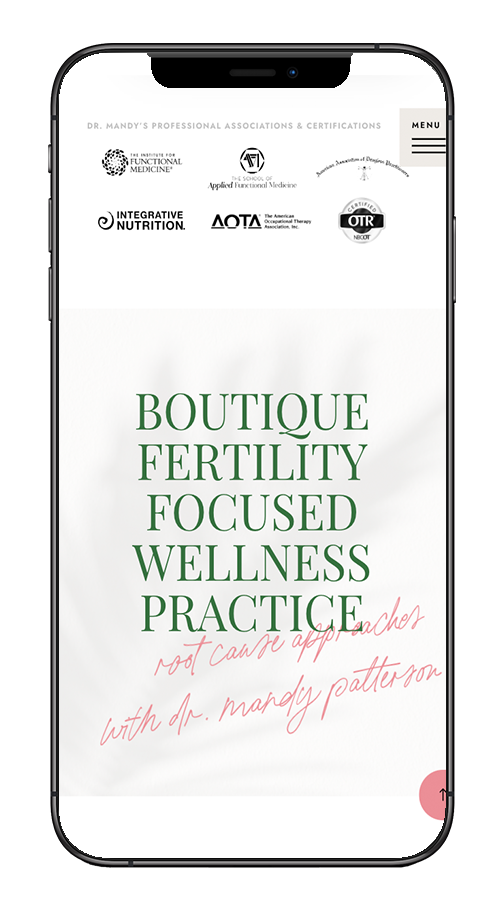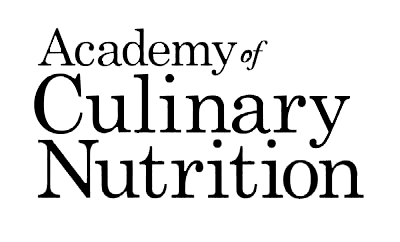It’s six a.m. and you strap your smartwatch on for your morning run. Of the many things your personal device will tell you, you focus on heart rate and calories burned. Congratulations! You now have experience with biofeedback! Plus, if you slept in your smartwatch you can probably monitor your sleep cycles from the night before. That’s another form of biofeedback!
In this article I will answer your burning questions like what is biofeedback, what can it tell you, and is it worth it? With all the new technological devices floating around the internet it can be hard to know what is reliable and what is nonsense. Also, you may not realize this but biofeedback has a rich clinical history and has been used since the 1940’s to support healthy living.
What is Biofeedback?
If you are the owner of an Apple watch or a Fitbit you are already experienced with biofeedback, even if you are unaware of the term. Biofeedback is a mind-body technique where you learn how to control physical responses such as breathing, muscle tension, heart rate, and blood pressure. These physical responses that are not normally controlled voluntarily become controllable through careful recognition of your biofeedback.
The therapeutic technique of using biofeedback involves focusing on and modifying signals from your body to change the way you respond to certain stimuli like chronic pain, stress, and anxiety.
Still confused about biofeedback? Think of a thermometer. It’s an external device that measures a physiological change – your body’s internal temperature. Biofeedback is measured the same way. An external device uses electronic or electromechanical instruments to monitor, process, and feedback certain information. That information could include: blood pressure, muscle tension, heart rate, hand temperature, brain waves, or other psychological responses.
Your body’s responses are then transmitted via audio or visual feedback signals to a computer or, in the case of at-home biofeedback devices, an app on your smartphone. This allows you to control the external signal and eventually recognize and use internal cues to greater control your body’s physiological responses.
Types of Biofeedback

There are a myriad of biofeedback tools on the market. The first step in comparing biofeedback tools is to clarify your unique health goals and what you are wanting to specifically optimize in your health journey.
Biofeedback is different from other approaches to healthcare because it puts you in charge. You are responsible for learning your body’s cues and how to control them. Of course, working with a trained professional to understand those cues is important. Additionally, there are many different types of biofeedback. Here is a list of the available options:
Respiratory Biofeedback – this type of biofeedback involves wearing sensor bands around your chest or abdomen. It measures rate, rhythm, and type of breathing. You can learn how to have greater control over your breathing rates which can be beneficial for people who suffer from anxiety, asthma, hyperventilation, panic, and angina with chest pain.
Heart Rate Variability Biofeedback (HRVB) – patients who use this type of biofeedback usually wear a device connected to sensors in their ears or fingers, or placed around their wrists, chest, or torso. It helps you learn to control your heart rate to help improve blood pressure and lung function and to ease stress and anxiety. Research suggests that HRVB may be useful for many different conditions including asthma and depression.
Thermal Biofeedback (Temperature Feedback) – people often experience a drop in body temperature during times of stress. Thermal biofeedback provides the patient information from sensors that detect blood flow to the skin. A low reading on one of these monitors can indicate that you need to utilize stress management techniques.
Neurofeedback (EEG Biofeedback) – this type of biofeedback involves using electroencephalography (EEG) to measure brain wave activity. It looks for brainwave patterns to help you improve attention and remove impulsivity. It is often used as a non-invasive device for ADHD, pain, addiction, anxiety, and depression.
Galvanic Skin Response – this biofeedback measures the amount of sweat on the surface of the skin. It is used for detecting levels of emotional arousal.
Electromyography (EMG) – EMG measures muscle activity where sensors are attached to various points along the body. An EMG device detects muscle tension over time by monitoring electrical activity that results in muscle contractions. It is often used when muscles are healing or being reconditioned.
What Can Biofeedback Help With?

Biofeedback can help improve many different health conditions including anxiety and depression, ADHD, digestive issues, migraines, and pain.
Obviously, you can see the many different ways biofeedback can be applied and the many different physiological responses it can measure. The type of biofeedback that’s right for you is entirely dependent on your condition and you should always have symptoms reviewed by a trained medical practitioner first. (However, keep reading to learn about the several at-home devices that are useful for those wanting a greater awareness of their body.)
So, what can biofeedback help with? First, it can be used as either the primary or secondary treatment protocol. Here is a list of the most common symptoms and ailments that biofeedback can help:
- ADHD
- Anxiety
- Brain injuries
- Depression
- Digestive disorders like IBS
- High and low blood pressure
- Mental health conditions
- Migraines
- Pain
- Physical reactions to stress
- Post-traumatic stress disorder
- Relaxation and stress management
- Tension headaches
Benefits and Effectiveness of Biofeedback
Like all forms of treatment, biofeedback has advantages and disadvantages. For example, it is effective in as much as you are able to learn and recognize the cues your body is giving you. Some of the advantages are that it is non-invasive and can help you control your own responses. Biofeedback can be helpful because it helps you feel in charge, in control, and empowered about your own health.
Biofeedback Therapy Vs. At Home Biofeedback Devices
Much of what we have discussed so far is related to biofeedback therapy. Biofeedback therapy is a type of training program with the goal of teaching you to control involuntary physiological processes. It often involves working with a trained professional and using expensive commercial machines to monitor the different types of biofeedback.
On the other hand, there are also at-home devices now available thanks to our advancing technology. At-home biofeedback devices involve wearing sensors that can then be plugged into a computer or uploaded to a phone app. These devices include wearable instruments ranging from muscle sensors to skin response units to brainwave monitors. They can provide valuable, easy-to-interpret information about your body.
At-Home Biofeedback Devices
Oura Ring
The Oura Ring is a great, easy-to-wear option that provides information on sleep, readiness, and activity levels. It takes measurements directly from the arteries within your fingers and uses infrared light photoplethysmography (PPG) sensors. It also measures temperature and your daily calorie burn.
Here is a list of the information the Oura Ring captures: activity levels, calories, steps, inactive, times, naps, heart rate variability (HRV), respiratory rate, body temperature, light, deep and REM sleep, nighttime movement, sleep timing and quality.
HearthMath
HeartMath works specifically through heart rate variability biofeedback to help you gain greater control over your emotional and physical wellbeing. This device monitors your heart’s rhythms and gives you real time coherence feedback to let you monitor shifts and teaches you how to sustain them.
The goal of using Heartmath is to gain a greater balance of emotions, reduce stress, improve sleep, restore energy, and increase focus. It’s a simple device that connects with a sensor to your earlobe and can be plugged into a smartphone or desktop computer.
Work With A Holistic Health Coach
If you are interested in getting started with biofeedback but you want a little more direction feel free to reach out to me! As a Certified Holistic Health Coach I make it my priority to create a specific care plan for each of my clients. We will work together to help you achieve YOUR vision of optimal health!


















